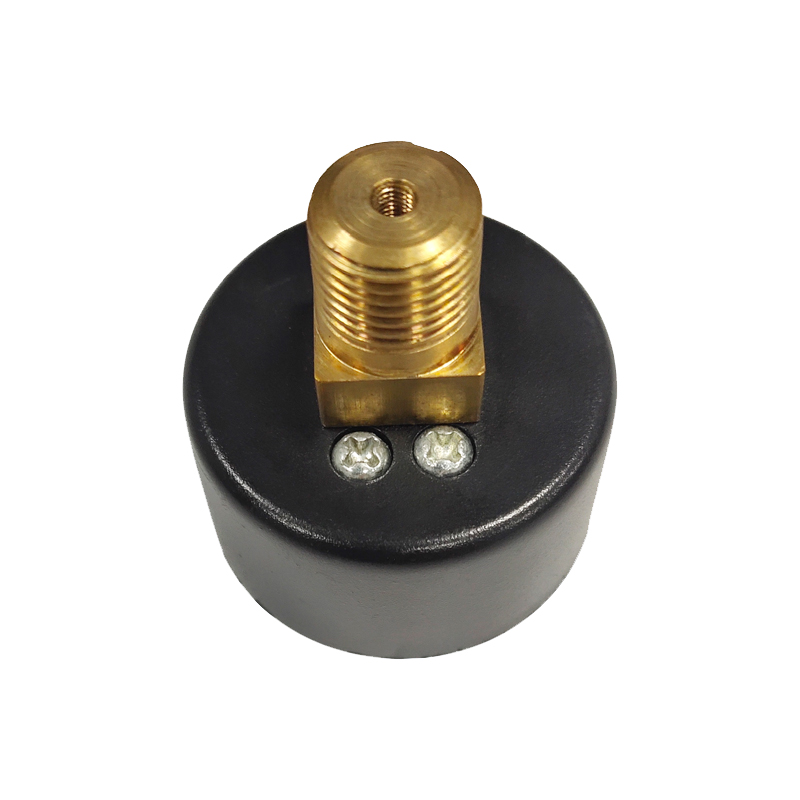
Nov . 11, 2024 12:06 Back to list
air/water pressure gauge for fire protection service service
Understanding Air/Water Pressure Gauges for Fire Protection Services
In the realm of fire protection, ensuring the efficiency and reliability of firefighting systems is paramount. Among the many components that play a vital role in fire suppression and suppression systems, air/water pressure gauges stand out as essential tools that help maintain water pressure and detect potential issues in fire protection systems. This article delves into the importance and functionality of air/water pressure gauges in fire protection services, as well as best practices for their maintenance and usage.
The Role of Pressure Gauges
Fire sprinkler systems, standpipes, and other firefighting installations depend heavily on a consistent and adequate supply of water under pressure. Air/water pressure gauges serve to monitor the pressure levels within these systems, providing critical data that reflects their operational status. A decrease in pressure could indicate leaks, blockages, or malfunctions, all of which can jeopardize a building's fire safety.
Air pressure gauges typically measure the pressure of air in tank systems, while water pressure gauges measure the pressure of the water supplied to the fire protection system. The combination of both gauges allows for a comprehensive understanding of the system's performance and readiness in emergencies. For instance, air pressure is crucial in dry pipe and pre-action sprinkler systems, where air pressure must be maintained to keep the system sealed until activation. Conversely, in wet pipe systems, the water pressure must be constantly monitored to ensure the system can effectively deliver water when needed.
Importance of Regular Monitoring
Regular monitoring of air/water pressure gauges is critical for several reasons. First and foremost, a functioning gauge helps ensure that the fire protection system is always ready to operate at full capacity. Furthermore, sudden changes in pressure can signal issues that require immediate attention. For instance, if a water pressure gauge indicates a drop below the recommended level, this may necessitate an inspection of the water supply pipeline for obstructions or leaks.
Moreover, regulatory compliance mandates the periodic testing of fire protection systems, including pressure checks. In many jurisdictions, building codes require regular servicing of fire safety equipment to ensure they meet required operational standards. Ignoring the condition of pressure gauges can lead to compliance failures, potentially resulting in fines or unfavorable consequences in the event of a fire.
Best Practices for Maintenance
air/water pressure gauge for fire protection service service

To ensure the longevity and accuracy of air/water pressure gauges, certain maintenance practices should be followed
1. Regular Inspections Schedule routine inspections of pressure gauges as part of a broader fire protection system maintenance plan. Trained personnel should check for any signs of physical damage, calibration issues, or rust.
2. Calibration Periodic calibration of pressure gauges is essential to maintain accuracy. Outdated or inaccurate gauges can provide misleading information, leading to inadequate readiness during a fire emergency.
3. Documentation Keep detailed records of inspections, maintenance, and calibration activities. This documentation is not only useful for reference but also necessary for regulatory compliance and audits.
4. Immediate Reporting If any discrepancies in pressure readings are noticed, they should be reported immediately. Timely action can prevent small issues from developing into larger, more costly problems.
5. Professional Servicing Engage qualified professionals to perform maintenance on the fire protection systems, including air/water pressure gauges. Expertise in fire safety systems ensures thorough and effective servicing.
Conclusion
Air/water pressure gauges are indispensable components of fire protection services. They provide crucial measurements that ensure the effective operation of firefighting systems, which can mean the difference between safety and disaster in a fire emergency. By regularly monitoring, maintaining, and servicing these gauges, property managers and safety professionals can safeguard lives and property against the devastating impacts of fire. In doing so, they not only comply with relevant regulations but also foster a culture of proactive safety in their facilities. As fire threats remain a concern in urban and rural settings alike, the importance of reliable fire protection systems—and the role of air/water pressure gauges within them—cannot be overstated.
-
High-Precision Mass Diaphragm Pressure Gauge - Reliable & Durable Solutions
NewsJun.10,2025
-
Explain Diaphragm Pressure Gauge Expert Guide, Top Manufacturers & Quotes
NewsJun.10,2025
-
Affordable Differential Pressure Gauge Prices in China Top Manufacturers
NewsJun.10,2025
-
Reliable Water Fire Extinguisher Pressure Gauges for Safety
NewsJun.10,2025
-
Durable Diaphragm Protection Pressure Gauges Get Quote
NewsJun.09,2025
-
WIKA Differential Pressure Gauge with Switch Reliable Monitoring & Control
NewsJun.09,2025
